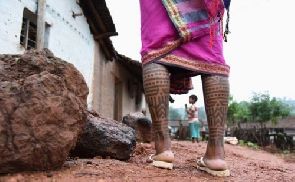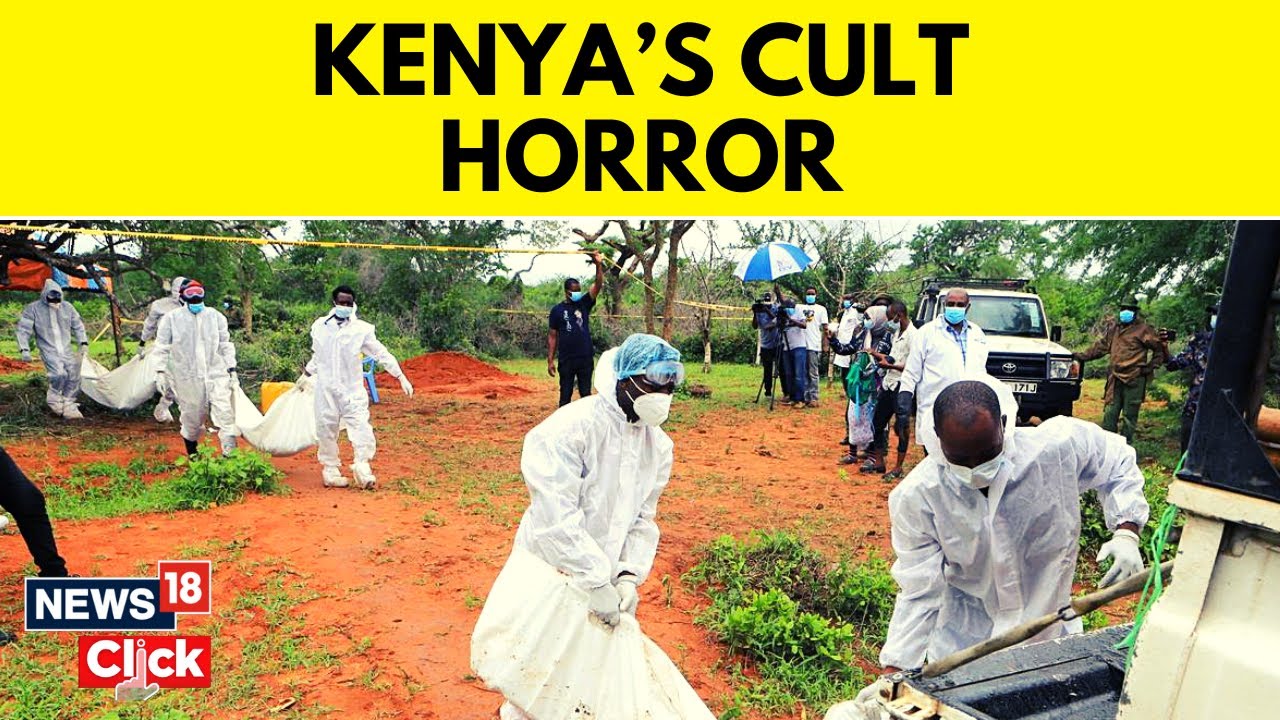In India, and across the world, getting a tattoo is nowadays seen as a sign of independence and rebellion. Many young people get inked to showcase their identity, what makes them distinctive and who they are.
But for me, a decision to not get a tattoo was my version of rebellion, an assertion of my hard-fought independence.
It was my way of saying: “I will not toe the line.”
I grew up thinking of tattoos, along with nose and ear piercings, as symbols of the subjugation of women.
That’s because my mother has a couple of tattoos. And my grandmother had more than a couple. And they told me they had no choice in the matter.
In many rural communities in the northern Indian state of Uttar Pradesh, where my family comes from, it’s mandatory for married women to have tattoos, locally known as Godna.
“My family told me that if I didn’t have a tattoo, no-one in my matrimonial home would drink water or take food offered by me. I’d be considered impure, an untouchable,” my mother told me recently. My father, of course, didn’t need to get one because, as mum says, “he was a boy”.
She was a child bride, not even 11 at the time of her wedding in the 1940s. A few weeks after the ceremony, an elderly woman who lived in the neighbourhood was called to the house to brand her.
Her tools were rudimentary: a needle that she would heat with fire. The process involved burning the upper layer of skin and filling the tattoo with black colour pigment.
In those days, there was no anaesthetic to numb the pain and no ointments to quicken the healing process, and a tattoo would take a month to heal.
More than seven decades later, my mother’s tattoos have somewhat faded, but the memory of the pain inflicted in childhood remains vivid.
“I cried through it. I kept kicking the tattoo maker. At the end, she went and complained to my grandfather. She told him I was trouble,” she says.
She has no idea what the small patterns on her arms mean and I can’t figure them out either. “Maybe it’s phool-patti,” she says, meaning flowers and leaves.

Keya Pandey, a social anthropologist at Lucknow University who has researched tattoos extensively in rural and tribal India, says flora and fauna are among the preferred designs.
Also high on the list are the names of husbands or fathers, or even the village, totems or other symbols of cultural or clan identity, and images of a god or local deity.
Ms Pandey says she’s seen tattoos in every rural culture in India and estimates that millions of women in villages have them.
In some communities, especially in tribal areas, both men and women have tattoos.
“It’s a symbol of identity, in life and even after death. The idea is that when you die and your soul travels up to heaven or hell and you’ll be asked where you come from, you’ll be able to trace your ancestry through your tattoos,” she says.
There are also communities where women get tattoos for the purpose of beautification – though there are instances where low-caste women got tattooed to make themselves ugly and less desirable to avoid being sexually assaulted by influential men.
But in many communities, as in my ancestral village, tattoos are meant only for a woman, a sign of her marital status.
For my mother and grandmother, they were a symbol of purity, the idea that unless a woman was put through a painful purification ritual, she was not fit to serve the patriarchy.
The practice, however, is declining – and many young women, even girls, are saying no to being branded.
With modernity and development creeping in and growing contact with the outside world, things are changing in rural and tribal India.
Traditions and folklore are being modified and girls in villages are no longer interested in getting a tattoo, Ms Pandey says.
Nowhere is that more evident than among the girls of the Baiga tribe in central India.
For more than 2,000 years, the women here have been getting branded.
“The tattooing starts as they hit puberty when they get the first one on their forehead and over the next few years, most parts of their bodies are covered bit by bit with the exception of some part of the torso,” says Pragya Gupta of WaterAid India.

Ms Gupta, who recently travelled to meet the Baigas to understand the access they have to safe drinking water, told the BBC that all the women she met had tattoos, but more and more girls today were refusing to get inked.
As road connectivity has improved, television and cellphones have arrived and children have begun going to school, many have started rejecting what’s been passed on to them for generations in the name of tradition.
“I met this 15-year-old called Anita. She has a tattoo on her forehead and she told me that it was very painful and she would never get another one. Her mother, 40-year-old Badri, has tattoos covering most of her body,” Ms Gupta says.
Anita’s rebellion has won grudging support from her mother.
“I was illiterate and I accepted unquestioningly what my parents told me. But she goes to school and if she doesn’t want a tattoo, it’s fine by me,” she says.
In recent years, educated affluent Indians in cities have begun to get tattoos, inspired by images of Hollywood actors and rock musicians. Many of my friends have got inked too.
But for me, because of my cultural heritage, tattoos remain taboo – a symbol of subjugation.








